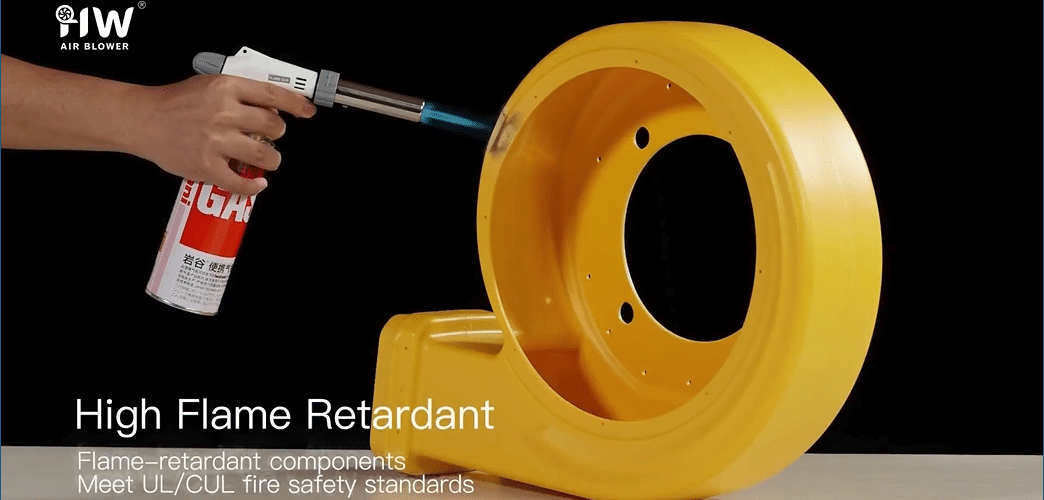
Jumping Castle Safety: Your Most Frequently Asked Questions
Jumping castles are a staple of fun at events, parties, and festivals, especially in Canberra. Whether you’re an event planner, rental business, or parent, safety is always a top concern when setting up a jumping castle. Ensuring a safe experience for kids and participants starts with proper setup and understanding key safety considerations. In this blog, we’ll address some of the most frequently asked questions about jumping castle safety to help you maintain a secure and enjoyable environment.
1. How Do I Properly Anchor a Jumping Castle?
One of the most important aspects of jumping castle safety is securing the inflatable correctly. Anchoring prevents the castle from tipping over or moving during use. To anchor a jumping castle:
- Use sturdy ground stakes for outdoor setups, ensuring they are hammered deep into the ground at an angle.
- Attach the castle’s anchor points securely to the stakes with durable ropes or straps.
- For indoor or hard surfaces, use weighted sandbags or water bags to stabilize the inflatable.
Always follow the manufacturer’s guidelines for proper anchoring and ensure all anchor points are used for maximum stability.
2. How Many Children Can Safely Use the Jumping Castle at Once?
The number of children that can safely use a jumping castle at one time depends on its size and weight capacity. Most jumping castles come with manufacturer recommendations for maximum occupancy. As a general rule:
- Smaller inflatables (up to 3m x 3m) typically accommodate 4-6 children at a time.
- Larger inflatables (over 4m x 4m) can hold up to 10 children, depending on their size and weight.
To ensure safety, group children by similar age and size, and avoid overcrowding the jumping castle, which can increase the risk of falls and collisions.
3. What Should I Check for Before Using a Jumping Castle?
Before allowing anyone to use the jumping castle, conduct a thorough inspection. Key areas to check include:
- Blower and power connections: Ensure the blower is securely connected, and there are no exposed or damaged cords.
- Anchoring: Confirm all stakes or weights are properly positioned and secure.
- Inflation: Make sure the inflatable is fully inflated, with no sagging or soft spots that could cause instability.
- Surrounding area: Clear any debris, sharp objects, or obstacles from the area around the inflatable to prevent injuries.
Perform regular checks throughout the event to ensure everything remains safe and secure.
4. Can a Jumping Castle Be Used in Windy Weather?
Jumping castles should not be used in strong winds. Wind speeds over 25 km/h pose a serious risk of the inflatable becoming unstable or blowing over, which can result in injuries. In Canberra’s unpredictable weather, it’s crucial to monitor conditions throughout the day. If winds pick up:
- Immediately remove children from the jumping castle.
- Deflate the inflatable to prevent it from becoming airborne.
- Secure it to the ground to avoid movement during storage.
Always check the weather forecast before setting up a jumping castle and follow manufacturer guidelines regarding wind limits.
5. What Age Range Is Suitable for Jumping Castles?
Jumping castles are typically designed for children between the ages of 3 and 12. Younger children (under 3) may not have the coordination or balance required to safely enjoy inflatables, while older children or teens may exceed the weight capacity, increasing the risk of damage or injury. Always adhere to the age recommendations provided by the manufacturer and ensure adult supervision is available to enforce safe play.
6. What Should I Do If the Blower Stops Working During Use?
If the blower stops working while the jumping castle is in use, follow these safety steps:
- Immediately instruct all children to exit the inflatable in a calm and orderly manner.
- Check the blower for any obvious issues, such as a disconnected power source or tripped circuit breaker.
- Once all children are safely out, troubleshoot the blower or contact a professional if needed.
- If the issue cannot be resolved quickly, deflate the castle and discontinue use.
Having a backup blower on hand for events is a good practice, ensuring minimal downtime if an issue arises.
Conclusion
Jumping castle safety should always be a priority at events, and with the right precautions in place, you can provide a safe and enjoyable experience for all. Properly anchoring the inflatable, monitoring occupancy, checking weather conditions, and ensuring the blower operates smoothly are essential steps to maintaining safety. By following these guidelines, you can confidently set up jumping castles for kids to enjoy in a safe environment.